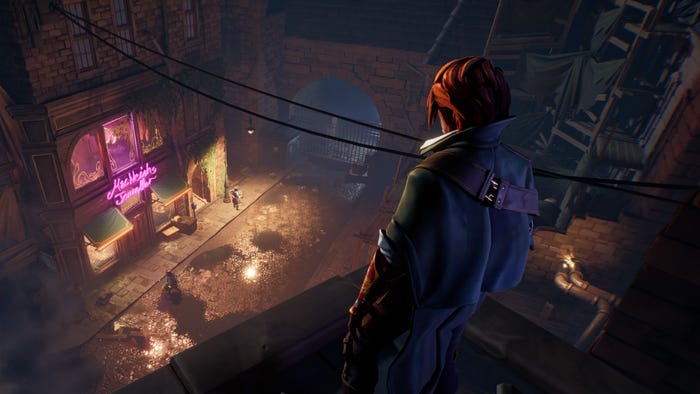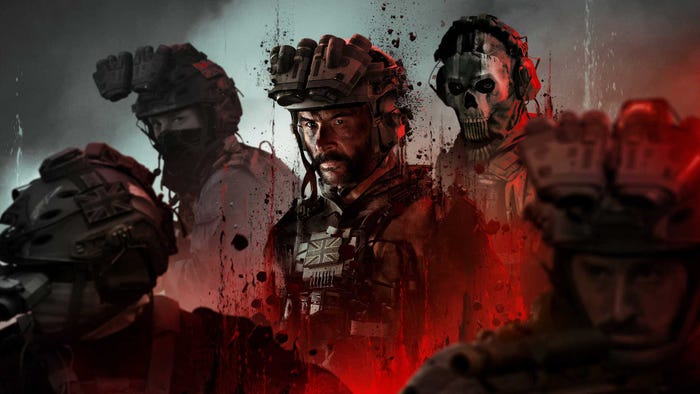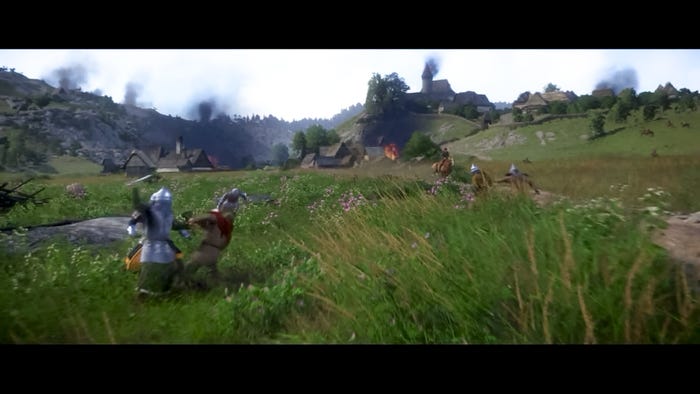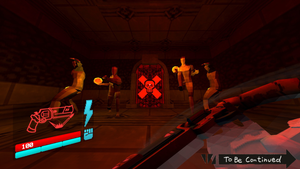It's not a large one (yet), but thanks to tablets like the iPad, there is now a market for video games aimed at our feline friends. We asked one of the top cat game makers to share his secrets.

The two-man team of artist TJ Fuller and programmer Nate Murray at developer Hiccup had something of a flop with their video game debut: Jacob's Shapes, a simple iPad puzzle game aimed at children. Perhaps children weren't their forte. Perhaps they needed a new audience. Noticing several videos on YouTube of cats pawing at iPad games (the human-focused kind), Fuller decided to try and make a game aimed just at them, something that could be done quickly just to get something out on the App Store so they could go back to making "real" games. The game has one simple mechanic: an object on the screen (either a laser light or a mouse or, in the latest update, a butterfly) moves around the screen in lifelike patterns, enticing the cat to touch it. Cats are scored on their performance, and the game even incorporates Game Center, to make sure kitty's best scores are saved for all to see. Just three weeks and one playtest at a local animal shelter later (neither Fuller nor Murray are cat owners), Game for Cats debuted, drawing major media attention and enough sales to justify both a sequel and several copycats. Pun intended. Though it isn't huge (yet), there is now a legitimate market for video games aimed at felines, and it would be a disservice to Gamasutra's readership of game developers to not focus on what makes these games work so well. So we sat down for a quick phone chat with Fuller for something of a postmortem of what makes Game for Cats tick.
1. Subtle, natural movements
Cats can detect subtle movements better than we can. If a cat doesn't sense that its target is "alive," it's going to ignore it. The first attempt at movement in Game for Cats was done purely through code, but everything "felt way too mechanical," Fuller tells us. The solution was to throw out that code and record finger movements on the iPad. When the laser (or mouse) moves around in the game, creeping around slowly one moment and darting off screen the next, that's programmer Nate Murray's finger emulating life.
2. High contrast visuals
There is still some debate as to exactly what cats can and can not see, in terms of color, hue and saturation, but there is no argument against them being able to tell the difference between light and dark. To take advantage of this, Game for Cats ensures a high level of contrast between the target and the background, no matter which game mode a cat is playing. The laser level offers a bright laser on top of a dark background, for example, while in another mode, a darkly-colored mouse scurries atop an almost offensively bright wedge of cheese.
3. Cats love DLC
Like many mobile games, Game for Cats is a free download that monetizes itself with in-App transactions: specifically, the download includes the laser level for free, and offers the mouse level for an optional $0.99 transaction. Unfortunately, the initial release of the game made that purchase path a little too easy…in the days immediately following its release, cats everywhere were accidentally purchasing the level without their owners' permission. "We got in a lot of trouble," Fuller laughs. "People were accusing us of tricking cats into making purchases. We got a ton of comments on our iTunes page, people accusing us of trying to rip of them off." The solution was to implement a test to make sure the purchaser is human before the charge is allowed to go through: specifically, the purchaser is asked to place their hand the screen and hold it there while the app "scans" to see if you're human. Or, in reality, it makes sure your four fingertip touch points don't move for a few seconds, a test even the craftiest of cats would have a hard time circumventing. 
4. No pause for paws
Hiccup wanted to implement a way for humans to pause the game (allowing them to switch levels or, perhaps, tweet kitty's high score), but doing so in a way that prevented cats from pausing the game themselves was a design challenge. The solution, which "still isn't perfect," is that humans have to tap a specific section of the screen five times in rapid succession to pause the game. It works, mostly, but Fuller says that cats still set it off on accident occasionally.
5. Reward with a sound
Whenever a cat successfully scores in the game (in other words, touches the moving target), its score increases and a sound is played, to reward the cat and keep it engaged: the laser chimes, the mouse squeaks in terror. Fuller warns that while there is temptation to have music in the game, he thinks it would have ruined this effect. "If there's music playing, they wouldn't hear it," he says. "The sound has to be meaningful, and with purpose." Photo model: Tony Cifaldi of Oakland
About the Author(s)
You May Also Like









